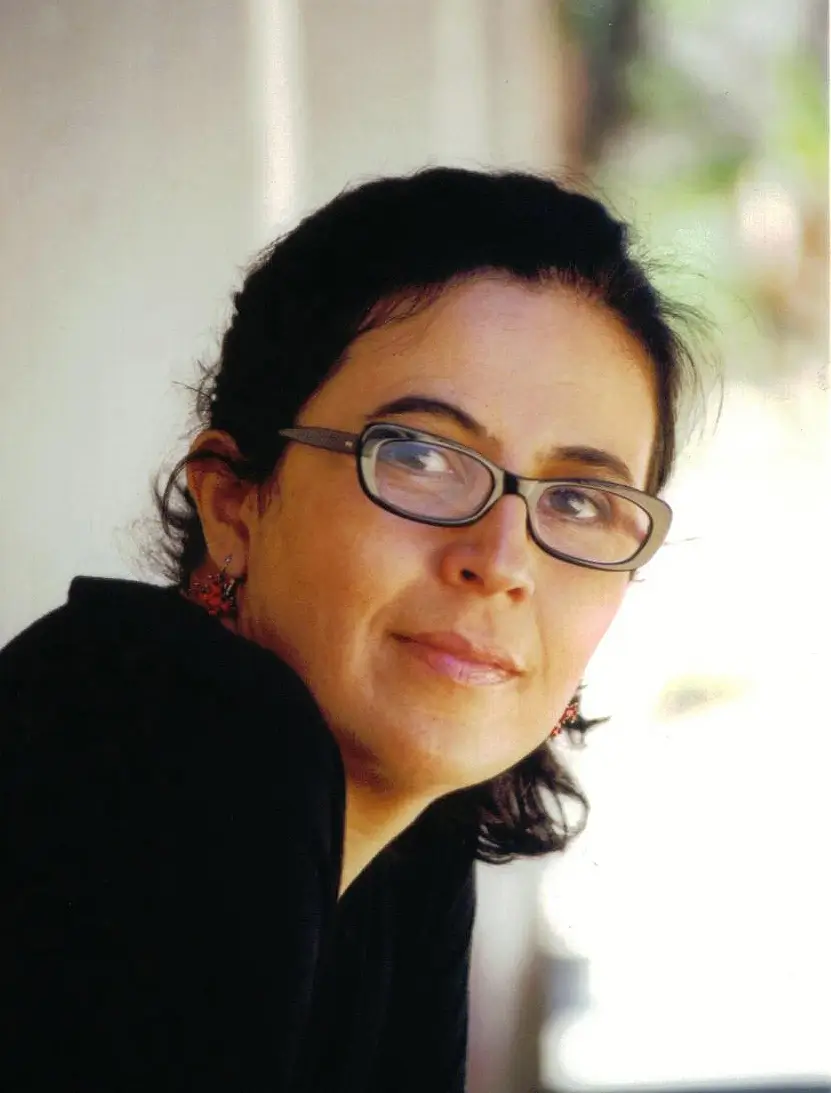Verônica Alkmim França is a multidisciplinary artist and photographer who has lived in Sweden and Brazil for many years. With a background in Fine Arts, Photography, and Communication, her portfolio includes sculptures, wearables, photographs, scenarios, and textiles, all of which reflect her cultural identity. Her frequent travel between Brazil and Sweden has led her to move away from conventional artistic venues.
Born in Brazil, she emerged in the 1990s as one of the pioneers of wearable art in the country, sparking discussions on the fine line between design, art, and fashion, and inspiring new generations. Verônica’s work is also known for its photographic documentation of her art and her recent exploration as an authorial photographer. Her approach critiques mass consumption and the aesthetics of excess, while her collaborations with disadvantaged communities aim to give these groups visibility and support cultural social initiatives.
She has been recognized internationally, winning awards such as the Female in Focus International Photography Award 2022 from the British Journal of Photography, the Brasília Photo Show 2022, the Chromatic International Photo Awards, and the Monochrome Photo International Awards. She has also been nominated for RE-Focus International Awards and Color International Photo Awards, won second place in Photomanipulation at FAPA (Fine Art Photography Awards), participated in the Women in Photography exhibition in Glasgow in 2023, and earned distinctions in the PX3 Prix de la Photographie de Paris, IPA International Photography Awards, Budapest Photo Awards, Aesthetica Magazine Prize, PISPA-Paris International Street Photo Awards, and Prix de la Photographie de Paris in 2024. Recently, she collaborated with WIEGO (Women in Informal Employment) and Sheffield University on the CATA project—Climate Change and Waste Pickers—featured at Memorial Minas Gerais Vale in Brazil and The Mind Festival in Sheffield, England.
